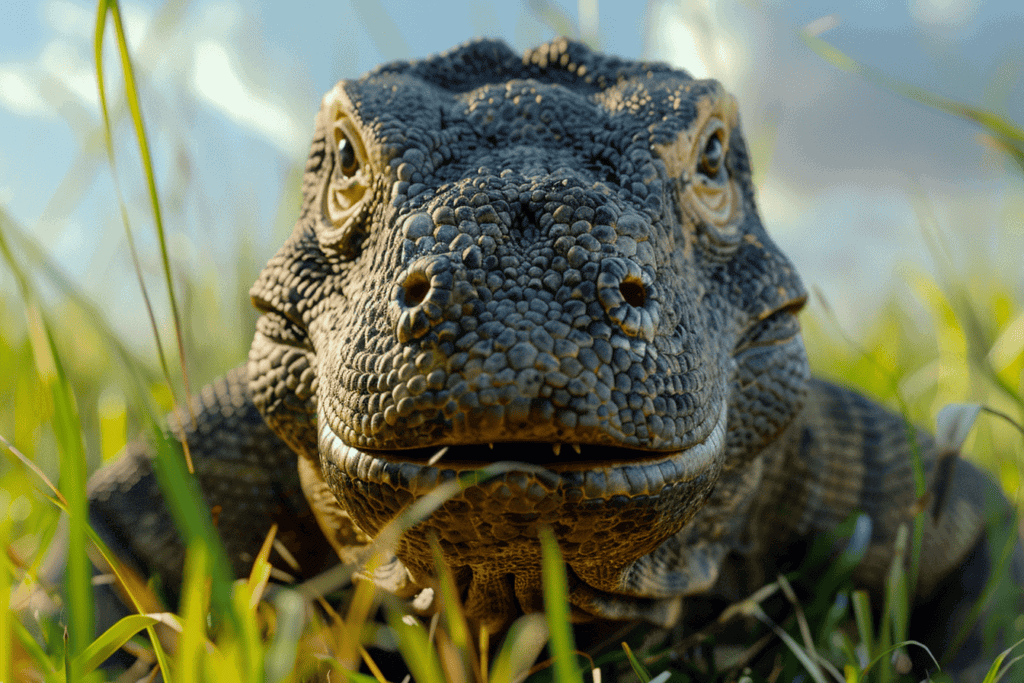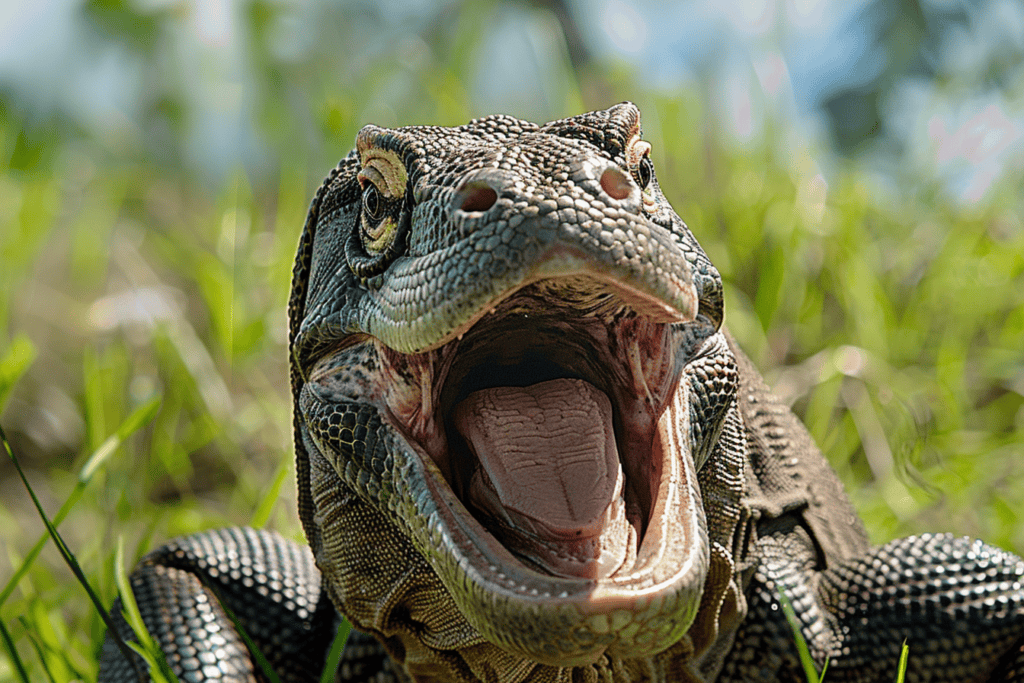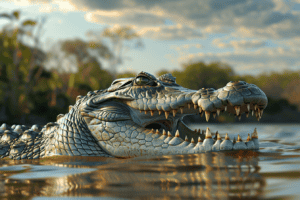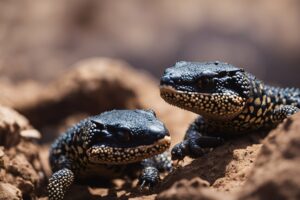Komodo dragons are fascinating creatures and are the largest lizards on earth. These creatures are native to the Indonesian islands of Komodo, Rinca, Flores, and Gili Motang, and are known for their powerful jaws and sharp teeth.
One of the most intriguing things about Komodo dragons is their venomous bite. For many years, scientists believed that the bacteria in the dragon’s mouth caused infections that led to their prey’s death.
However, recent research has shown that the Komodo dragon’s saliva contains venom that can cause severe injuries and even death. The venom contains a cocktail of toxins that can cause paralysis, shock, and tissue damage around the bite area.

Understanding Komodo Dragons
Komodo dragons, scientifically known as Varanus komodoensis, are the largest living lizards in the world. They are native to the islands of Indonesia, specifically the Komodo National Park and a few neighboring islands.
These reptiles are known for their impressive size, powerful jaws, sharp teeth, and deadly venom. They can grow up to 10 feet in length and weigh over 300 pounds. Despite their size, they are excellent swimmers and can run at speeds of up to 13 miles per hour.
They are found only on a few islands of Indonesia, including Komodo, Rinca, Flores, Gili Motang, and Padar. They prefer hot and dry habitats, such as savannas, forests, and scrublands.
Due to habitat loss and hunting, Komodo dragons are listed as endangered by the International Union for Conservation of Nature (IUCN). The population of these lizards is estimated to be around 4,000, with the majority residing on Komodo Island.
The Mechanics of the Komodo Bite

Komodo dragons are carnivorous predators that feed on a variety of prey, including deer, pigs, and water buffalo. They have an acute sense of smell, capable of detecting carrion from miles away. Known for their cannibalistic behavior, they will sometimes attack and eat other Komodo dragons, especially during mating season.
The Komodo dragon’s deadly bite is one of its most formidable features. When it bites its prey, it injects venom that causes a drop in blood pressure, shock, and significant tissue damage. The venom also prevents blood from clotting, making it difficult for wounds to heal.
Their serrated teeth allow Komodo dragons to tear flesh easily, while their powerful neck muscles and flexible jaws enable them to grip prey tightly and inflict deep wounds. The skull is specially adapted for biting, with the ability to open wide to accommodate large prey.
Komodo dragons have two venom glands located in their lower jaws, connected to their teeth by ducts. When they bite, the venom is injected through these ducts into the wound. The venom contains toxins that cause tissue damage and enzymes that break down the prey’s flesh, making it easier to consume.
Komodo Dragons in the Ecosystem

Komodo dragons are known to be fierce predators in their ecosystem. They have a unique hunting tactic where they ambush their prey and deliver a lethal bite.
They have strong jaws and sharp teeth which allow them to take down large animals. Research has shown that they can run at speeds of up to 20 km/h and can swim well. They are also known to climb trees to reach their prey.
Diet and Hunting Tactics
Komodo dragons are carnivorous animals and their diet consists of a variety of animals including monkeys, pigs, birds, deer, and carrion. They have been observed to hunt in groups and can take down large animals such as water buffalo. They have a keen sense of smell and can detect carrion from a distance of up to 9.5 km.
Scientists have discovered that Komodo dragons have venom glands in their lower jaw which they use to immobilize their prey. The venom causes a drop in blood pressure and prevents blood from clotting, leading to rapid blood loss and shock. However, it is important to note that their bite is not always lethal to humans.
Conservation and Human Interactions

Komodo dragons are currently listed as a vulnerable species, with only a few thousand individuals left in the wild. To protect the species, the Indonesian government has established the Komodo National Park, which covers several islands in the region.
The park is home to a significant number of Komodo dragons, and visitors can observe the creatures in their natural habitat.
In addition to the national park, several conservation organizations work to protect Komodo dragons. These organizations conduct research on the species, monitor their populations, and work to educate the public about the importance of conservation efforts.
Komodo Dragons and People
While Komodo dragons are fascinating creatures, they can also pose a danger to humans.
In the past, there have been reports of Komodo dragon attacks on humans, though such incidents are rare.
To minimize the risk of attacks, visitors to the Komodo National Park are required to be accompanied by a guide at all times.
Despite the potential danger, Komodo dragons are sometimes kept as pets or displayed in zoos.
While these practices can help raise awareness of the species, they can also have negative impacts on the animals.
Keeping a Komodo dragon as a pet is illegal in many countries, and zoos must adhere to strict guidelines to ensure the animals are well cared for.









